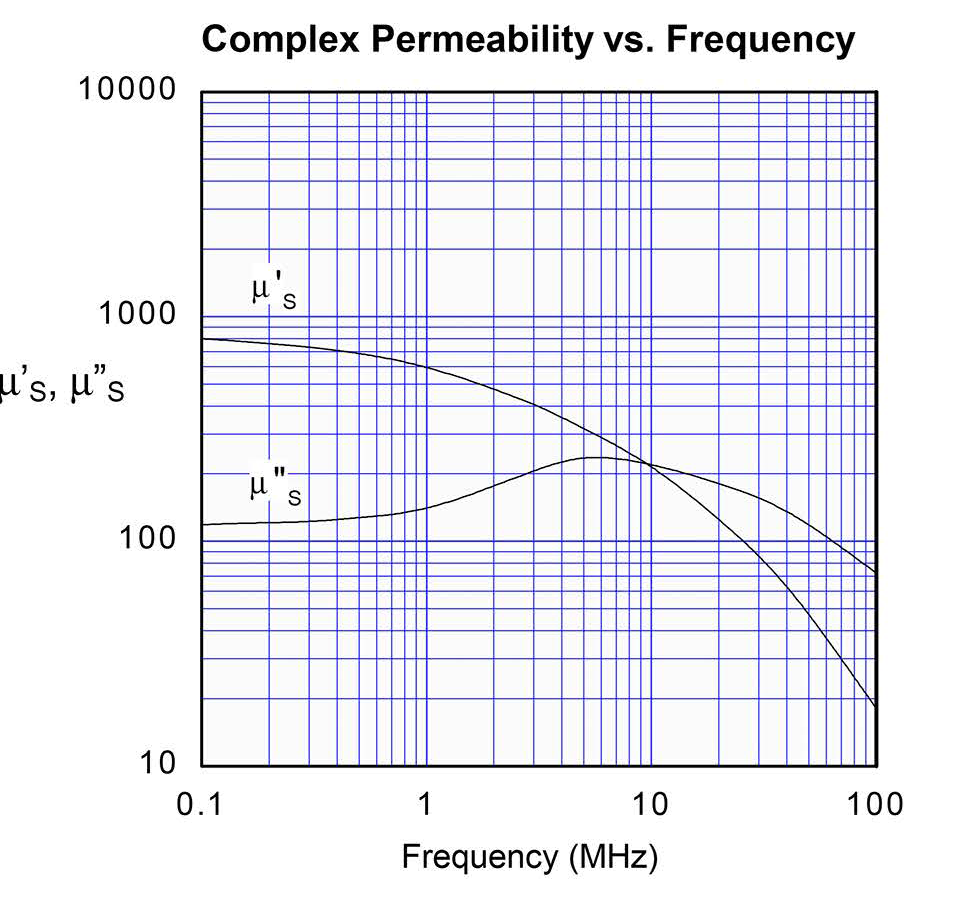The problem is most likely the type 43 core material. It is quite lossy at 21 MHz and is a poor choice for the auto-transformer. Unlike a transmission line transformer, the auto-transformer relies on the coupling of the two coils to partially occur by passing flux through the core. The complex permeability of type 43 material indicates high losses for this flux at 21 MHz.
The effect of this core loss can be modeled as a loss resistance in series with each winding of the transformer. This would account for the apparent poor transformation ratio you are observing.
A much better core material selection would be type 61 which is suitable up to ~25 MHz. This material has a lower initial permeability (125 vs 850 for type 43) so you may wish to increase the number of turns in the correct proportions in order to ensure sufficient inductive reactance in the windings. Due to the low power involved, a large core geometry is not warranted.

